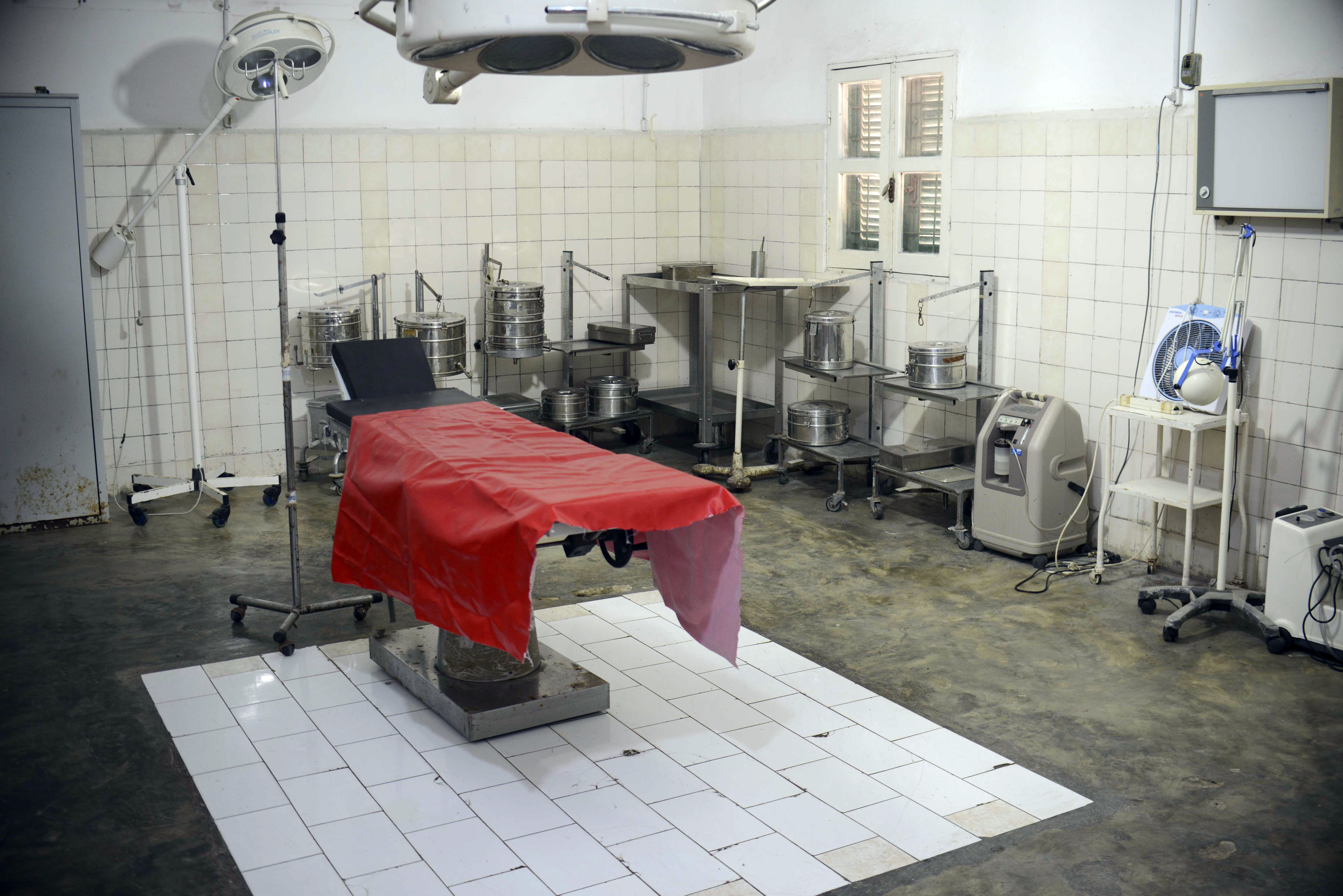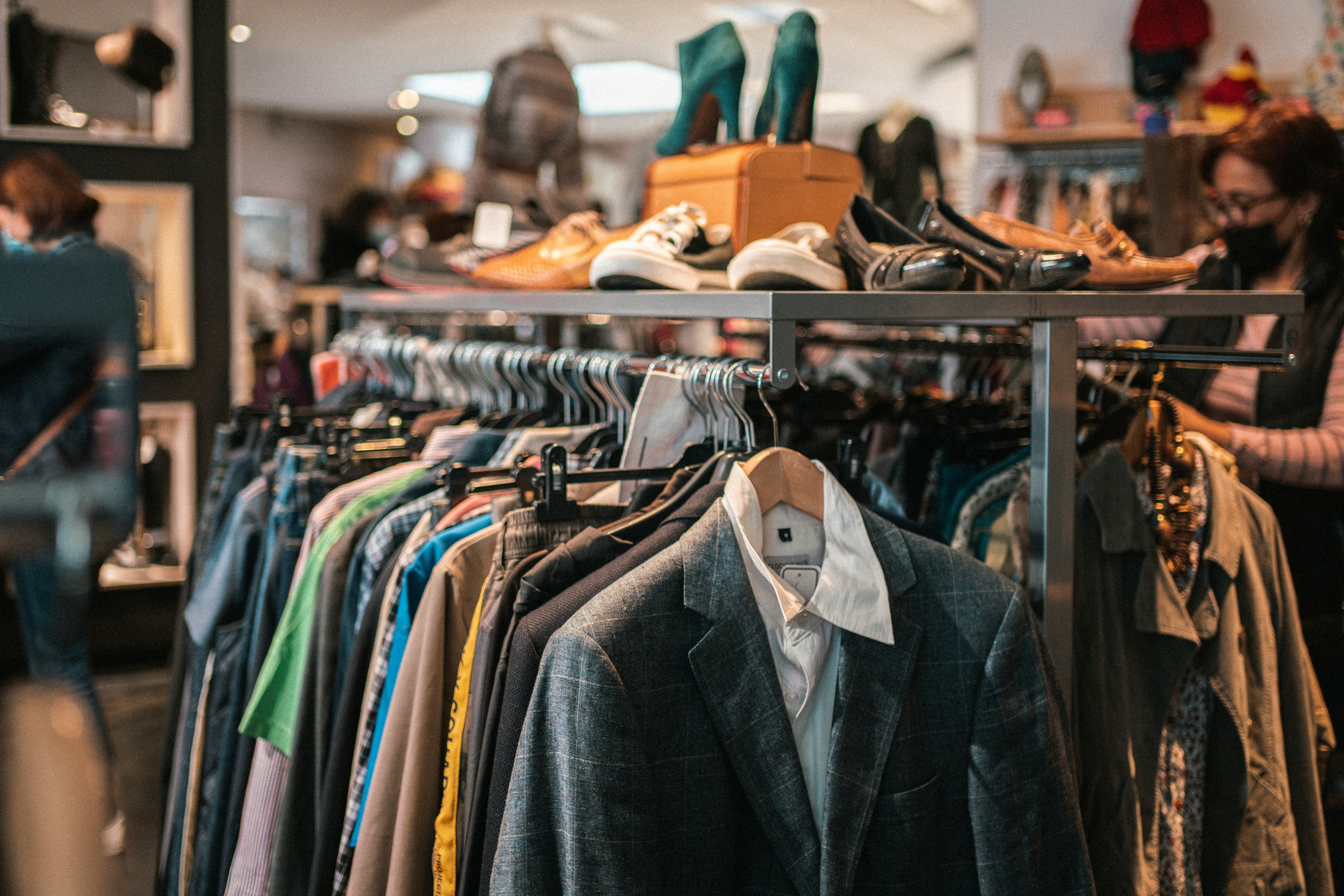Developing nations are no second-hand market

Even the best of intentions can lead to failure. Nearly three quarters of medical devices sent to developing nations are never used – a situation that Beat Stoll, a doctor and co-founder of the EssentialMed foundation, says could be changed.
Stoll knows Africa well. During the 1990s, he moved to Cameroon from Vevey for three years as part of a twin-city partnership, working under local conditions for the same salary as his colleagues there.
After returning to Switzerland, he earned a masters’ degree in public health management and now works between Geneva and Basel, headquarters of the Swiss Tropical and Public Health Institute.
Every year, he returns to Cameroon two or three times, and it was during one of these trips with Klaus Schönenberger, a microelectronics specialist, that he was convinced that it was possible to create medical imaging devices adapted to conditions in developing nations.
Together with engineer Bertrand Klaiber, the two men founded the EssentialMed foundation in 2009, which is at the source of the EssentialTech programme at Lausanne’s Federal Institute of Technology (EPFL). The initiative expects to present its first prototype in two years’ time.

swissinfo.ch: According to the World Health Organization, 70 per cent of medical devices sent to Africa will never be used. Why is there so much waste?
Beat Stoll: There are different reasons. Imagine you are a local Swiss hospital. One day, one of the manufacturers comes to tell there will soon be no more spare parts for your radiology machine and that if you want to keep things running, you need to change your device. As you have already paid off the machine, you buy a new one. Somebody suggests you offer the old machine to an African hospital. Which is fine except that if there are no spare parts in Switzerland, there won’t be more in Cameroon.
That’s one very common problem. Then there is the risk of transporting these machines on broken-down roads. And by the time it arrives somewhere, no one will know how to fix it.
There are other issues. In Mali, I saw one project to equip a dozen or so district hospitals with x-ray machines. As the hospitals weren’t built to house them, a separate annex was set up for them. Someone forgot about the electricity though. There is only 220 volt single-phase power to plug into there, but you need three-phase power. So the machine is brand new, but in five years, it hasn’t taken a single x-ray.
Getting back to Cameroon – when you talk to people from the health ministry, they tell us they have 65 different models of x-ray and ultrasound machines. So how could they stock spare parts for all of them? They need machines adapted to local conditions, like the taxis in Yaoundé. They are all Toyotas – thousands of them – and you can find spares for them everywhere and everyone knows how to repair them.

More
Researchers tackle obstacles to medical aid
swissinfo.ch: You’ve noticed there are also problems with staff training.
B.S.: Yes, and it’s a serious problem, especially when it comes to medical technology. If you take x-rays without trained staff, they and the patients are being hit with radiation. In Cameroon, the national radiation protection agency has sometimes had to ban the use of x-ray machines because there is nobody in a hospital who knows how to use them. There are no checks carried out with dosimeters, there is no lead protection in the walls and nobody has a lead apron to protect themselves from radiation.
swissinfo.ch : This is why you have decided to go beyond selling a new type of machine.
B.S.: In Switzerland, we are extremely fortunate to have a dense hospital network. The smallest local hospital has excellent specialists. In developing countries, you only have the best hospitals in the big cities and for the rest, there isn’t enough funding or equipment.
That’s what we want to focus on, reinforcing the health system at the district level, where primary care takes place. When I’m there, as a public health specialist, I work with a university hospital radiologist on training technicians as well as teaching doctors to understand the images that are taken. Because that is what is needed. There is no point in providing machines otherwise. There is already a lot changing because of our project.
swissinfo.ch: Could your imaging machine also be of interest for developed nations?
B.S.: Of course. There are people at Geneva and Lausanne university hospitals who have already said they will buy a machine as soon as it comes on the market, especially for emergency rooms. You don’t need a machine there that can take ten pictures per second or scan two kidneys at once. And if you head to Italy, Spain or Portugal, where the economic crisis has hit hard, everybody will be happy. We have also been in contact with some central Asian countries who have said that it is exactly what they need. With the Swiss quality label on them, these machines that will be able to do most of what is needed will be interesting for those markets.
Thirteen per cent of the world’s population use 76 per cent of all medical devices, in a market worth $200 billion. Two thirds of the global population has no access to medical imaging.
In sub-Saharan African, up to 70 per cent of medical equipment available is not used. In one third of cases, insufficient power supplies are to blame.
EssentialTech’s planned combined x-ray/ultrasound device should last ten years and cost ten times less than current machines over its lifetime: $50,000 instead of $500,000. It’s designed to run for five hours on its own if the power grid fails.
It should cover 80 to 90 per cent of the imaging needs of the hospitals where it is deployed.
(Sources: WHO, EssentialMed)
(Translated from French by Scott Capper)

In compliance with the JTI standards
More: SWI swissinfo.ch certified by the Journalism Trust Initiative








You can find an overview of ongoing debates with our journalists here . Please join us!
If you want to start a conversation about a topic raised in this article or want to report factual errors, email us at english@swissinfo.ch.